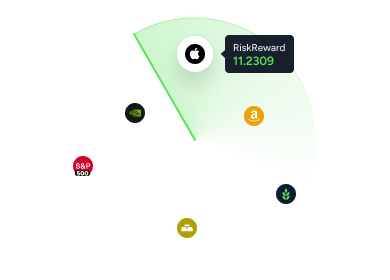Think markets
Trade with trust.
| Instrument | Buy | Spread | Daily Change | |
|---|---|---|---|---|
Commodities
Gold
Enjoy spreads from just $0.19
Indices
Indices
Enjoy spreads from just 0.4 points on SPX500
Traders’ Gym
Develop, backtest and refine your strategies on real historical data in a risk-free environment.*
TradingView integration
Connect your ThinkTrader account to TradingView and trade directly on one of the world’s leading charting platforms.
Excellent1000+ reviews

TrendRisk Scanner
Discover new trade opportunities with this tool that scans the markets for high-probability trades.
Get signals
*Past performance does not guarantee future returns
Why traders choose us
Established in 2010, ThinkMarkets is an innovative, market leading provider of online trading services. Today ThinkMarkets is a multi-regulated broker with offices across the globe including Australia, Asia, Japan, Europe, UK, UAE, South Africa and clients in more than 165 countries.
15
Years of history
10
Licences
24
Awards




